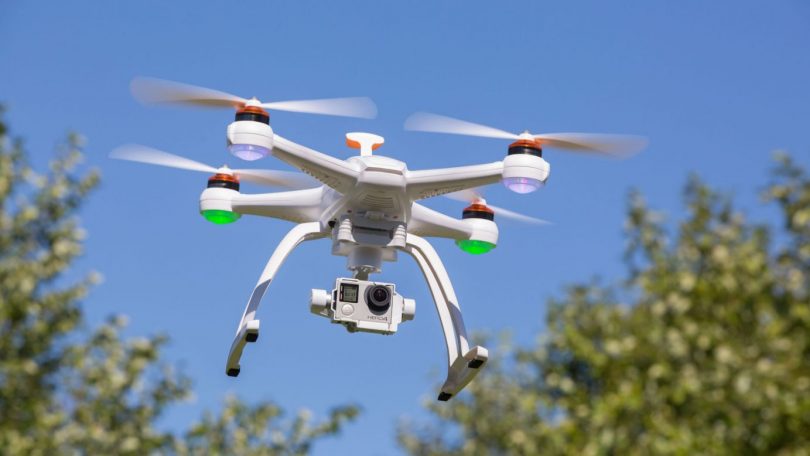“Now comes the fun part: for journalists to let their imaginations roam free, to invent new ways to bring stories to life.”
2017 will be the year of the drone, according to Joanne Lipman. The Chief Content Officer at Gannett says drones are “not just another gimmick” but a tool that will revolutionise the way in which journalists’ report. Privacy, ethical and safety issues have frequently hindered their ability to employ drones in the past, however recent rules and regulations will soon see the versatile technology out in full force.
Drones can capture imagery that once upon a time was only accessible from aeroplanes, helicopters and satellites. Lipman says they will lead to “immersive coverage of forest fires, police chases, hurricane destruction, tornado paths” and will bring journalists freedom and creativity.
The modern-day gadget will offer a new perspective and will radicalise storytelling. They will also lead to a rise in backpack journalism. Journalists will learn how to operate drones on their own, and will require a camera crews less frequently.
“We will see more suffering, not all of it far away, and we will see more journalists reveal how it affects them.”
Product Manager at the KQED Lab, Umbreen Bhatti, believes the suffering of journalists will come to light in 2017. We will see how the profession can be truly exhausting, both physically and mentally, and Bhatti says this will lead to greater trust from the community.
From fatal vehicle collisions in Melbourne, to mass terror in the Middle East, journalists witness many horrific scenes throughout their career. Few, however, reveal how debilitating this can be, as full humanity is “rarely…represented in the news.” Social media on the other hand, can provide audiences with an insight into the challenges of journalism. Platforms like Twitter and Instagram can allow journalists to shed a light on their personal lives, and to present themselves in a compassionate and down to earth manner. In turn, the wider community is more likely to understand the struggles they face on a day to day basis.
Image: Gazette Review

